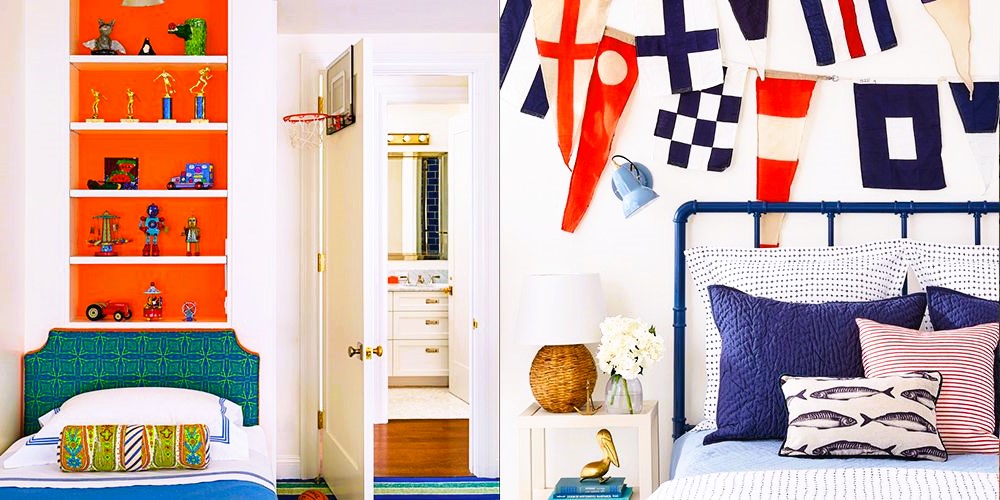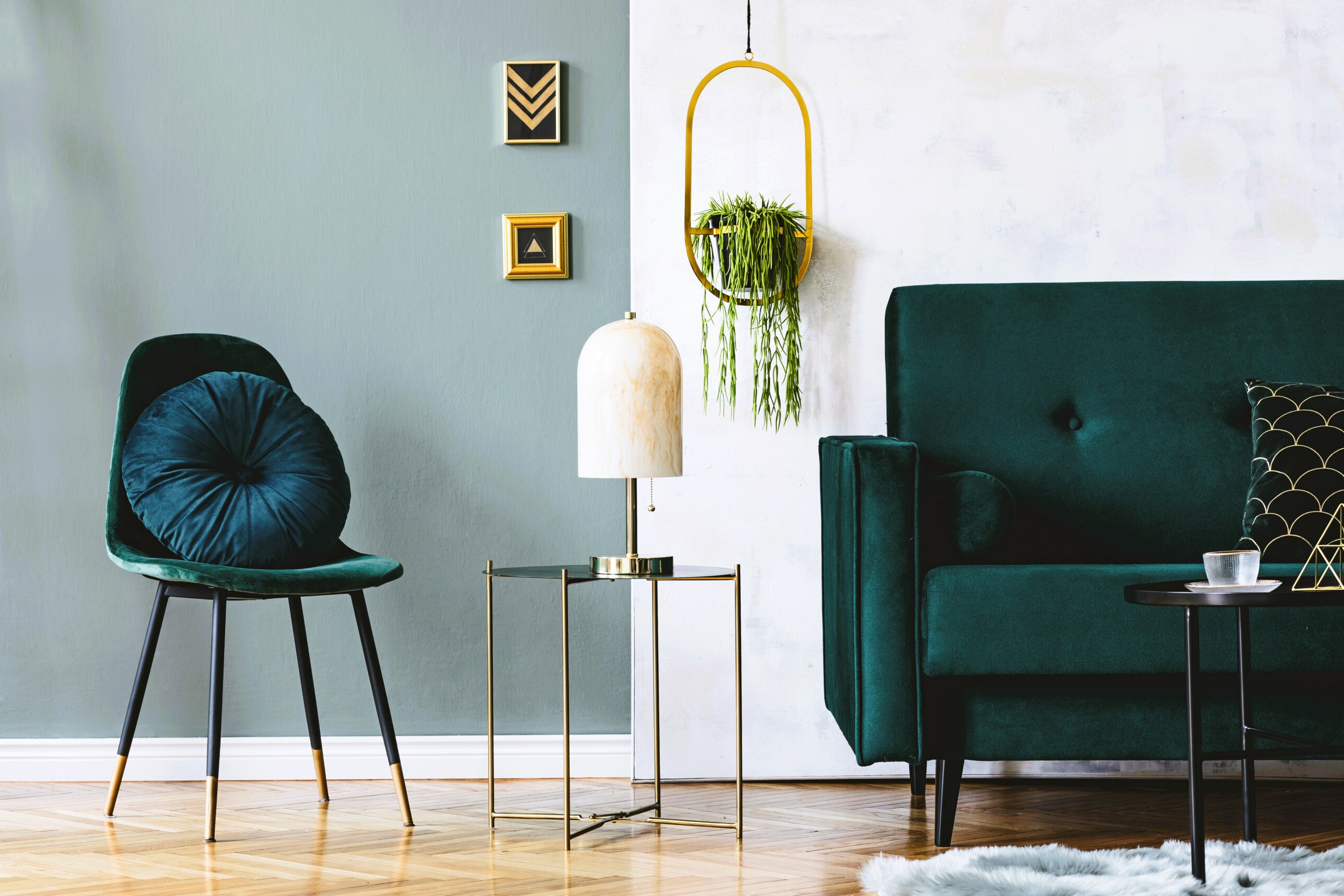Mastering the Art of Furniture Arrangement
Arranging furniture in your home may seem like a straightforward task, but it’s an art form that can significantly impact the functionality, aesthetics, and flow of your living space. Whether you’re moving into a new home or looking to refresh the layout of your current one, mastering the art of furniture arrangement is essential. In this guide, we’ll explore the principles and strategies for creating harmonious and well-organized interiors.
Understanding the Importance of Furniture Arrangement
Effective furniture arrangement goes beyond aesthetics; it enhances the functionality and livability of your space. A well-arranged room can:
- Maximize Space: Proper arrangement can make small spaces appear more spacious and large rooms feel cozier.
- Improve Traffic Flow: Thoughtful placement of furniture ensures that there are clear paths and easy movement within a room.
- Enhance Comfort: Arranging furniture to create cozy conversation areas and functional zones can make your home more comfortable and inviting.
- Highlight Focal Points: It directs attention to architectural features, artwork, or other focal points in the room.
- Promote Balance: Achieving a visual balance through furniture arrangement contributes to the overall harmony of the space.

Key Principles of Furniture Arrangement
- Functionality: Start by considering the function of the room. What activities will take place there? This will guide your furniture choices and layout.
- Traffic Flow: Ensure there are clear pathways and avoid placing furniture in a way that obstructs movement within the room.
- Focal Points: Identify and highlight the room’s focal point, such as a fireplace, large window, or artwork. Arrange furniture to complement and draw attention to this feature.
- Balance: Achieve balance in the room by distributing visual weight evenly. Balance can be achieved through the placement of furniture, color, and symmetry.
- Proportion and Scale: Choose furniture that suits the scale of the room. Oversized furniture can overwhelm small spaces, while tiny furniture can get lost in large rooms.
- Grouping: Group furniture pieces to create functional zones. For example, arrange seating to encourage conversation or group a desk and chair for a workspace.
- Negative Space: Embrace negative space, which is the empty or unoccupied areas in a room. It provides visual relief and prevents overcrowding. Vintage vs. Modern: Finding Your Furniture Aesthetic.
Room-Specific Tips
Living Room
- Create Conversation Areas: Arrange seating in a way that encourages face-to-face interaction. Use coffee tables or area rugs to define these spaces.
- Consider TV Placement: If you have a TV, position it for comfortable viewing from seating areas. Wall-mounting or using a media console can save space.
- Balance Seating: Balance larger pieces of furniture with smaller ones. For example, pair a substantial sofa with lightweight chairs.
Dining Room
- Center the Table: In the dining room, the table should be the focal point. Center it under the light fixture, if applicable, and ensure chairs have enough space to be pulled out comfortably.
- Match Dining Chairs: If you have multiple dining chairs, consider matching them for a cohesive look. Mixing chair styles can work well in some cases.
Bedroom

- Prioritize the Bed: In the bedroom, the bed is the main focus. Position it against the longest wall and place nightstands on either side for balance.
- Create a Reading Nook: If space allows, add a cozy reading nook with a comfortable chair and a small table or bookshelf.
Home Office
- Optimize Natural Light: Position your desk near a window to take advantage of natural light. Ensure that artificial lighting is adequate for tasks.
- Organize Efficiently: Use storage solutions like shelves, cabinets, and organizers to keep the workspace clutter-free and organized.
Experiment and Adjust
Don’t be afraid to experiment with different furniture arrangements. It may take some trial and error to find the layout that works best for your space and lifestyle. Be open to making adjustments as needed to achieve the desired result.
In conclusion, mastering the art of furniture arrangement is about creating spaces that are both functional and visually appealing. By understanding the principles of functionality, traffic flow, balance, and proportion, you can transform your living spaces into harmonious and inviting environments that suit your needs and reflect your personal style.
For more information on furniture standards and regulations in Canada, you can visit the official website of Canada.ca. Understanding safety and quality standards is essential when selecting and arranging furniture in your home.

